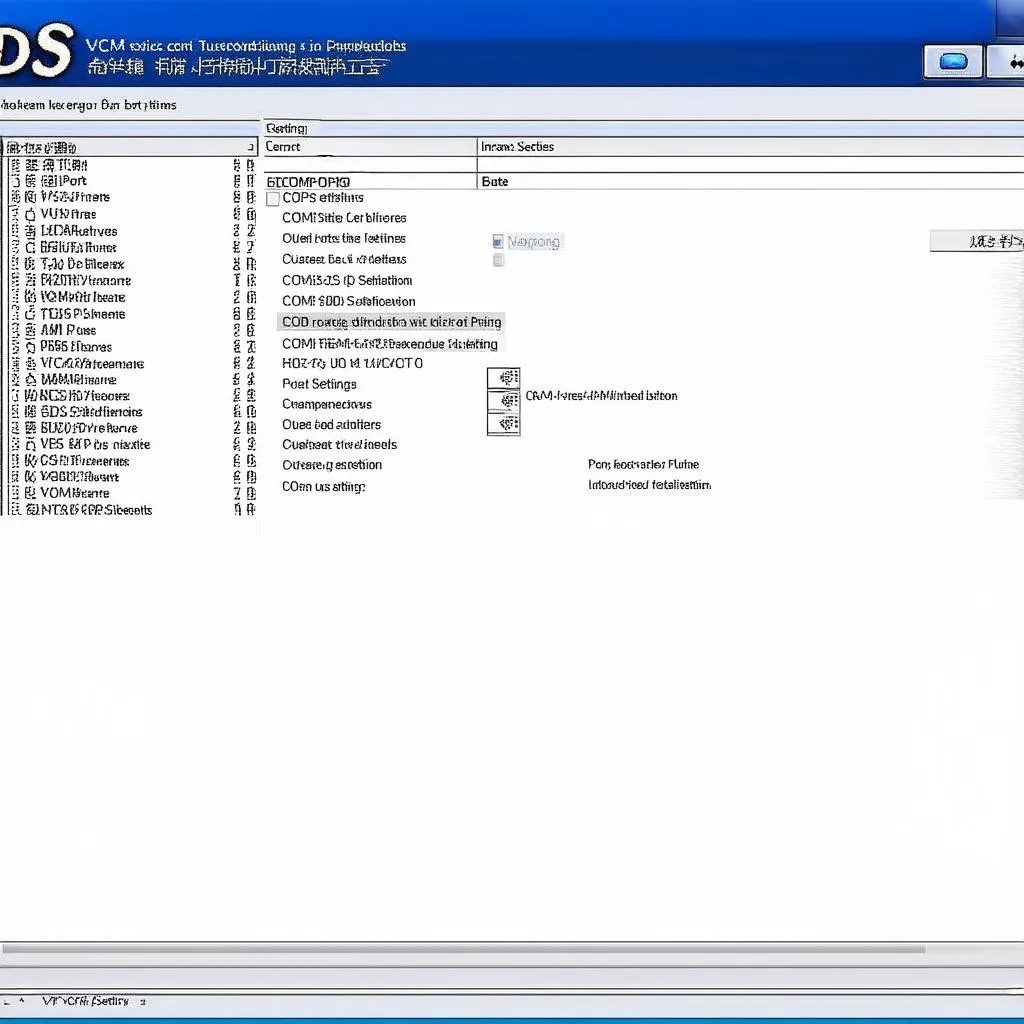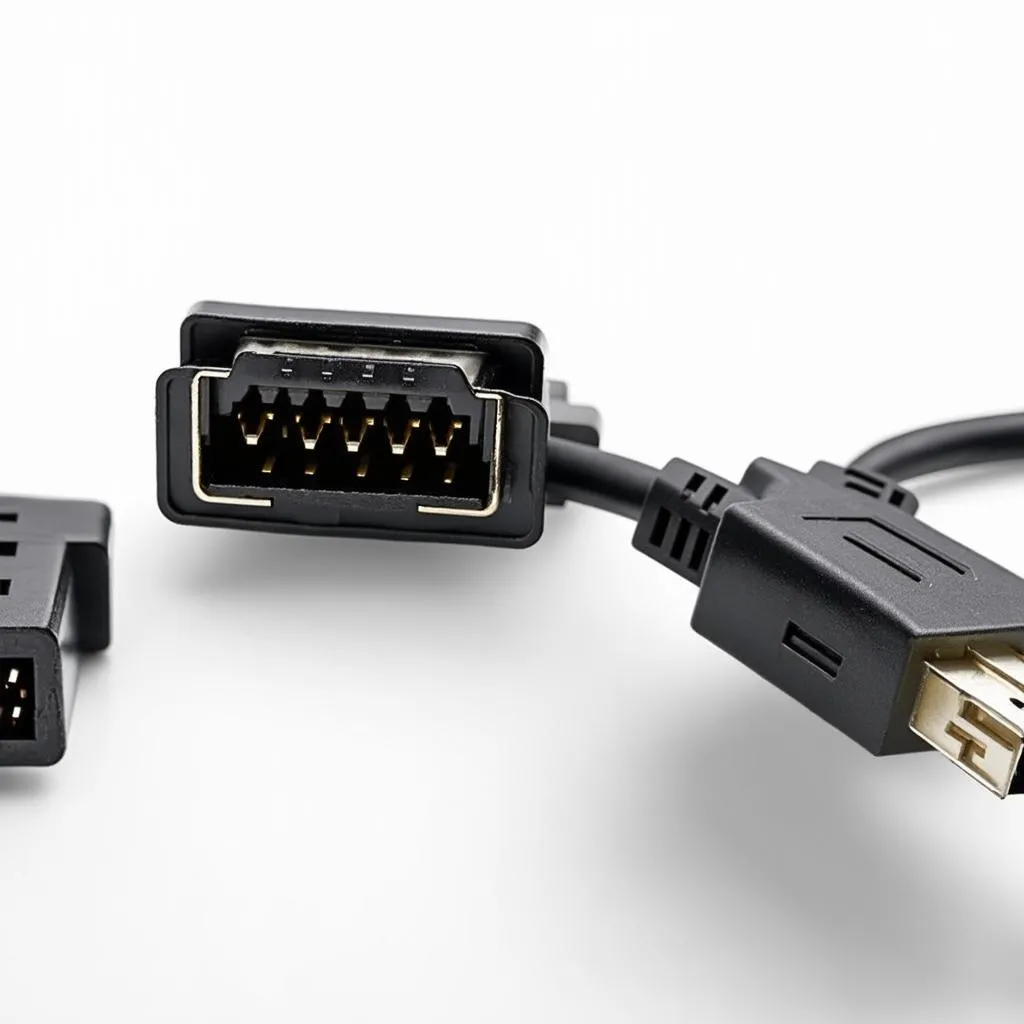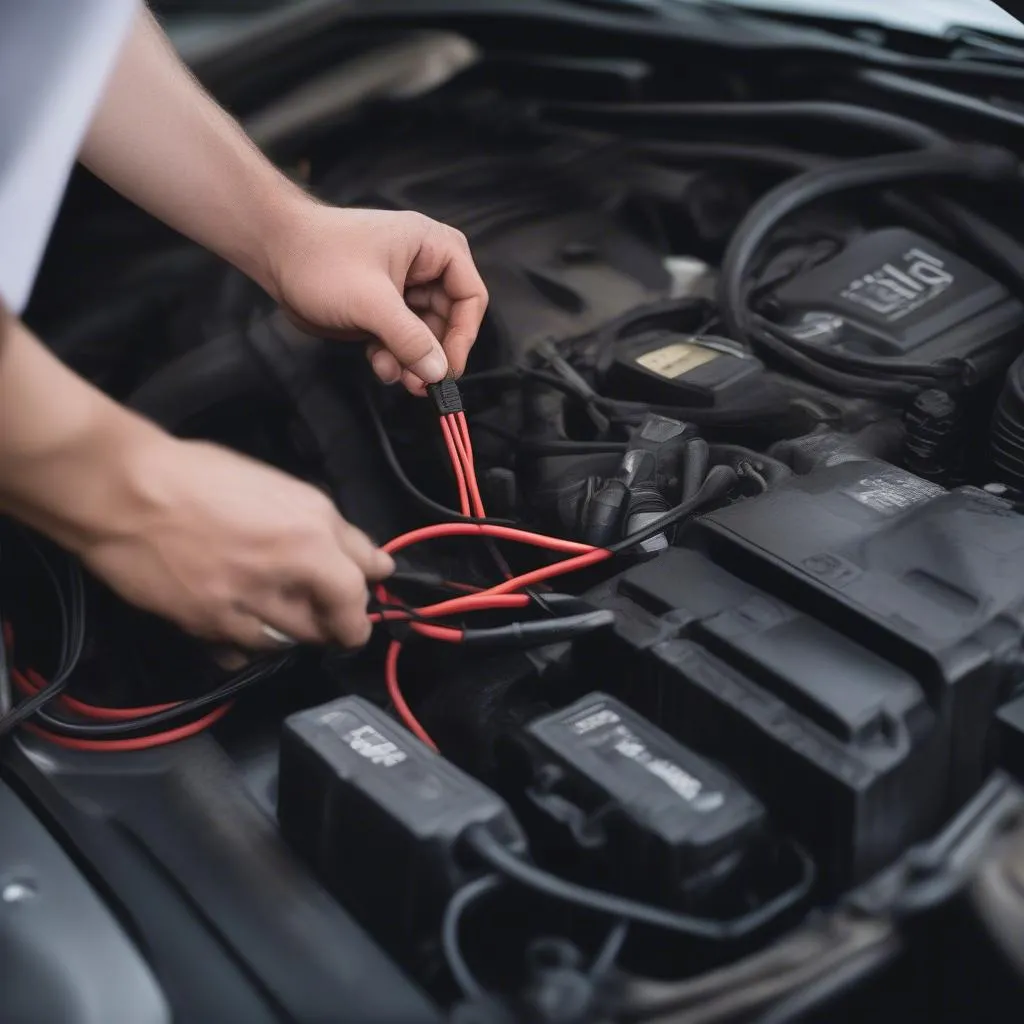The VCDS COM port is the communication gateway between your computer and your Volkswagen Audi Group (VAG) vehicle. It’s the bridge that allows the VCDS software, a powerful diagnostic tool, to interact with your car’s control modules. This article delves into the intricacies of the VCDS COM port, addressing common questions and issues faced by both novice and experienced users.
What is a VCDS COM Port?
In essence, a COM port (short for Communication Port) is a legacy interface standard used by computers to communicate with peripherals. While less common today, they’re crucial for interfacing with older diagnostic tools like VCDS. When you connect your VCDS cable to your computer, it emulates a serial port, appearing as a COM port within your system.
Why is the VCDS COM Port Important?
Without a properly configured VCDS COM port, communication with your VAG vehicle’s control modules is impossible. This means you won’t be able to:
- Read and clear fault codes: Identify and address underlying issues triggering those pesky dashboard warning lights.
- Access live data streams: Monitor real-time sensor readings to diagnose problems and fine-tune performance.
- Perform adaptations and coding: Customize various vehicle settings to your liking, from lighting configurations to convenience features.
Common VCDS COM Port Issues and Solutions
Even seasoned mechanics encounter VCDS COM port problems from time to time. Let’s troubleshoot some common hiccups:
1. “VCDS Port Does Not Exist” Error: This often points to a driver issue or incorrect port selection in the VCDS software.
Solution:
- Install the latest VCDS drivers: Head over to the official VCDS website (https://cardiagtech.com/vcds-website/) to grab the most up-to-date drivers.
- Verify COM port settings: Ensure the VCDS software is set to use the correct COM port assigned to your cable. You can usually find this in your Device Manager under “Ports (COM & LPT).”
2. VCDS Not Communicating with Vehicle: This can occur if the wrong cable is used or there’s a connection problem.
Solution:
- Use a genuine VCDS cable: Counterfeit cables often lack proper circuitry, leading to communication failures. Consider investing in an original VCDS cable (https://cardiagtech.com/vcds-original-cable/) for guaranteed compatibility and reliability.
- Check physical connections: Ensure both ends of the VCDS cable are securely connected to your computer and vehicle’s OBD-II port.
3. COM Port Conflicts: Sometimes, other devices might conflict with the VCDS COM port assignment.
Solution:
- Try a different USB port: Connecting to a different USB port on your computer might resolve the conflict.
- Disable conflicting devices: Temporarily disable other devices using serial ports (like Bluetooth adapters) through your Device Manager.
 VCDS software interface
VCDS software interface
Tips for a Smooth VCDS Experience
- Keep your VCDS software updated: Updates often include bug fixes and compatibility improvements.
- Use a dedicated laptop: Running VCDS on a dedicated laptop minimizes potential software conflicts.
- Consult the VCDS manual: The VCDS documentation is a treasure trove of information and troubleshooting tips.
- Don’t hesitate to seek support: The VCDS community and online forums are valuable resources for finding solutions.
FAQs about VCDS COM Port
Q: Can I use a USB-to-serial adapter with VCDS?
A: While technically possible, USB-to-serial adapters are not recommended. They can introduce latency issues and may not provide a reliable connection.
Q: How do I find the correct COM port for VCDS?
A: Connect your VCDS cable to your computer. Open the Device Manager (search for it in your Windows start menu). Expand the “Ports (COM & LPT)” section to see the assigned COM port for your VCDS cable.
Q: What should I do if I still can’t get VCDS to connect?
A: Double-check your cable, drivers, and COM port settings. If issues persist, consider seeking assistance from experienced users in the VCDS community or contacting VCDS support.
 VCDS cable connected to car OBD-II port
VCDS cable connected to car OBD-II port
Conclusion
The VCDS COM port might seem like a small detail, but it plays a vital role in enabling you to unlock the full potential of VCDS. By understanding how it works and how to troubleshoot common issues, you’re well on your way to becoming a more confident VAG vehicle DIYer.
For further assistance and a wide range of automotive diagnostic products, visit CARDIAGTECH at https://cardiagtech.com/. Our experts are ready to help you find the right tools and resources for all your automotive needs.

